As an experienced ecommerce owner or manager, you know that the world of PPC advertising is constantly evolving. To stay ahead of the curve, it’s important to stay up-to-date on the latest trends and developments in the field. In this blog post, we will explore some of the key trends and predictions for the future of PPC, and discuss how you can use these insights to optimize your advertising efforts.
Trends in PPC
One major trend in the world of PPC is the increasing use of artificial intelligence (AI) and machine learning. These technologies are being used to automate many aspects of PPC advertising, from keyword research and ad bidding to ad creation and optimization. This can help make the process of running PPC campaigns more efficient and effective, and allow you to focus on other aspects of your business.
Another trend in PPC is the rise of voice search. As more and more people use voice assistants like Siri and Alexa to search the internet, PPC ads need to be optimized for voice search. This means using long-tail keywords and natural language, and providing clear and concise information that is easy for voice assistants to understand.

Another growing trend in PPC is the use of mobile advertising. As more people move to use their smartphones to shop, it’s becoming crucial for PPC ads to be mobile-friendly and optimized for small screens. This means using responsive design and providing a seamless user experience on mobile devices.
The use of social media for PPC advertising will also continue to grow. As more people use social media platforms like Facebook, Instagram, and LinkedIn to discover and purchase products and services, it will be essential for businesses to incorporate social media into their PPC campaigns. This can be done by using social media advertising platforms, such as Facebook Ads and LinkedIn Sponsored Content, to reach potential customers on these platforms.
Predictions for the Future of PPC
One prediction for the future of PPC is that the use of AI and machine learning will continue to grow, with more and more PPC platforms offering advanced automation and optimization features. Another prediction is that the use of voice search will become even more prevalent, and that PPC ads will need to be optimized for voice search to be effective.

Steps to Take for the Future of PPC
To take advantage of these trends and predictions, there are a few steps you can take as an ecommerce owner or manager:
- Invest in AI and machine learning: Consider using PPC platforms that offer advanced automation and optimization features powered by AI and machine learning. This can help make your PPC campaigns more efficient and effective.
- Optimize for voice search: Make sure your PPC ads are optimized for voice search by using long-tail keywords and natural language. This will help ensure that your ads are shown to users who search using voice assistants.
- Focus on mobile: Make sure your PPC ads are mobile-friendly and optimized for small screens. This will help ensure that your ads are effective on the growing number of mobile devices used to browse the internet and make purchases.
- Invest in social media advertising: Consider incorporating social media advertising platforms, such as Facebook Ads and LinkedIn Sponsored Content, into your PPC campaigns. This can help you reach potential customers on the platforms they use every day.
- Focus on personalization and targeting: Use data and insights from customer behavior and preferences, as well as
Summary
The future of pay-per-click (PPC) advertising will be heavily influenced by the rise of AI and machine learning, the growing popularity of voice search, the importance of mobile advertising, and the increased use of social media for PPC. To capitalize on these trends, ecommerce managers should invest in AI and machine learning technology, optimize their ads for voice search, focus on creating mobile-friendly ads, incorporate social media advertising into their campaigns, and personalize and target their ads using data and insights. By staying up-to-date on these trends and taking the appropriate steps, businesses can effectively navigate the future of PPC advertising.
FAQ
Pay-Per-Click advertising is a form of digital advertising where advertisers pay a fee each time one of their ads is clicked. PPC ads typically appear on search engine results pages or websites, and advertisers can target their ads to specific keywords, demographics, and locations.
Some of the key trends in PPC advertising include the increasing use of AI and machine learning, the rise of voice search, the growing importance of mobile advertising, and the increasing use of social media for PPC.
To take advantage of these trends, businesses should invest in AI and machine learning technology, optimize their ads for voice search, focus on creating mobile-friendly ads, incorporate social media advertising into their campaigns, and personalize and target their ads using data and insights.
Some predictions for the future of PPC include the continued growth of AI and machine learning, the increased use of voice search, and the continued importance of mobile advertising and social media.
To stay ahead of the curve in PPC, businesses should keep up-to-date on the latest trends and developments in the field, invest in the appropriate technology and platforms, and continually test and optimize their ads to ensure their effectiveness.
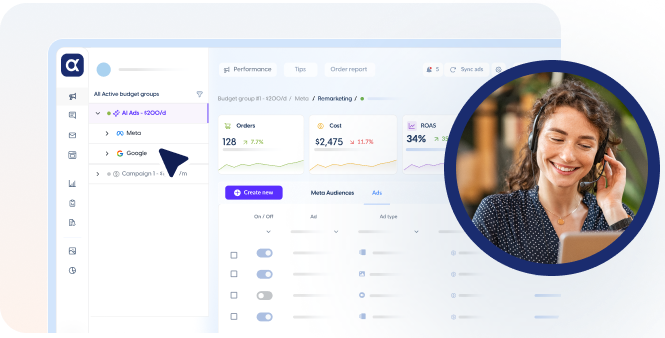

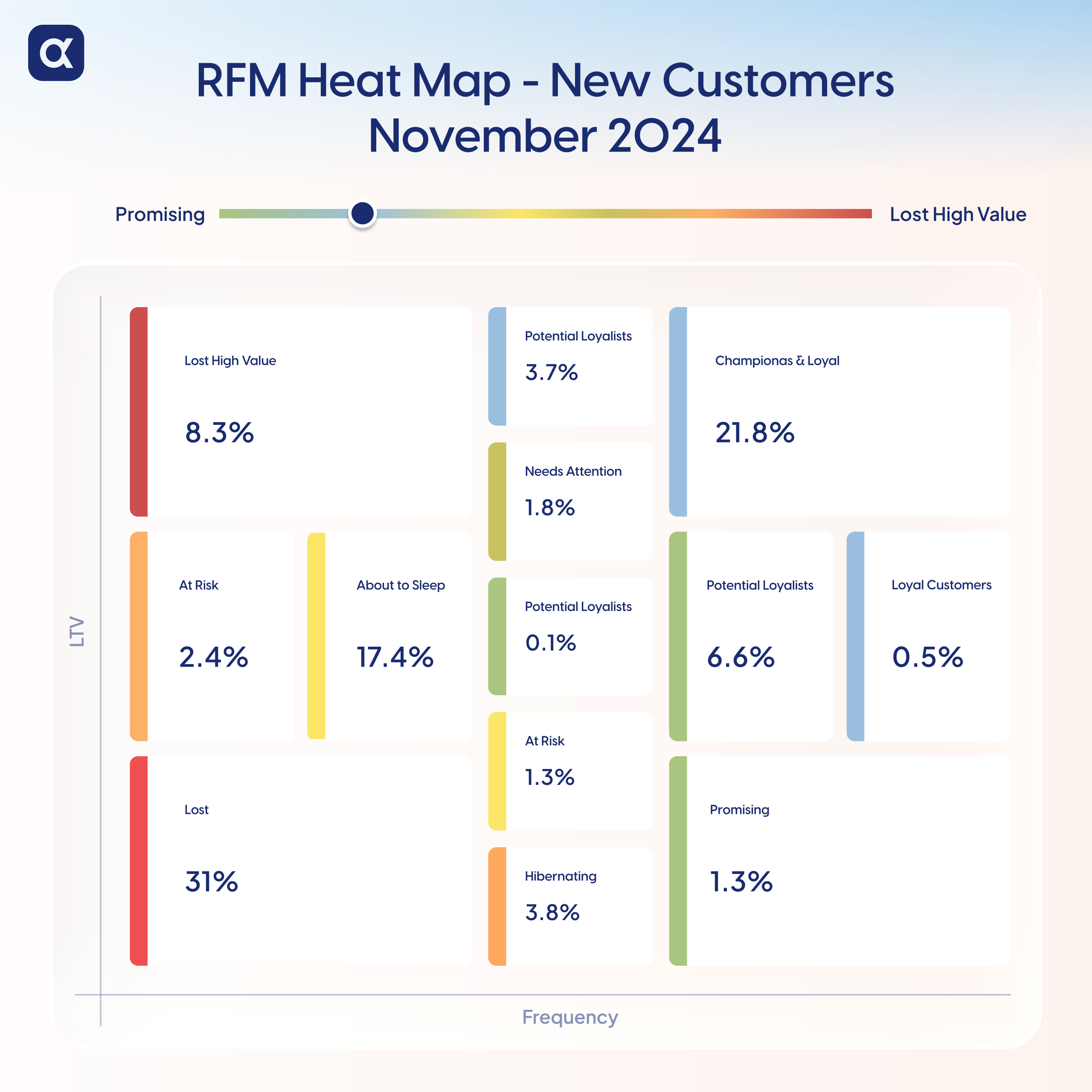
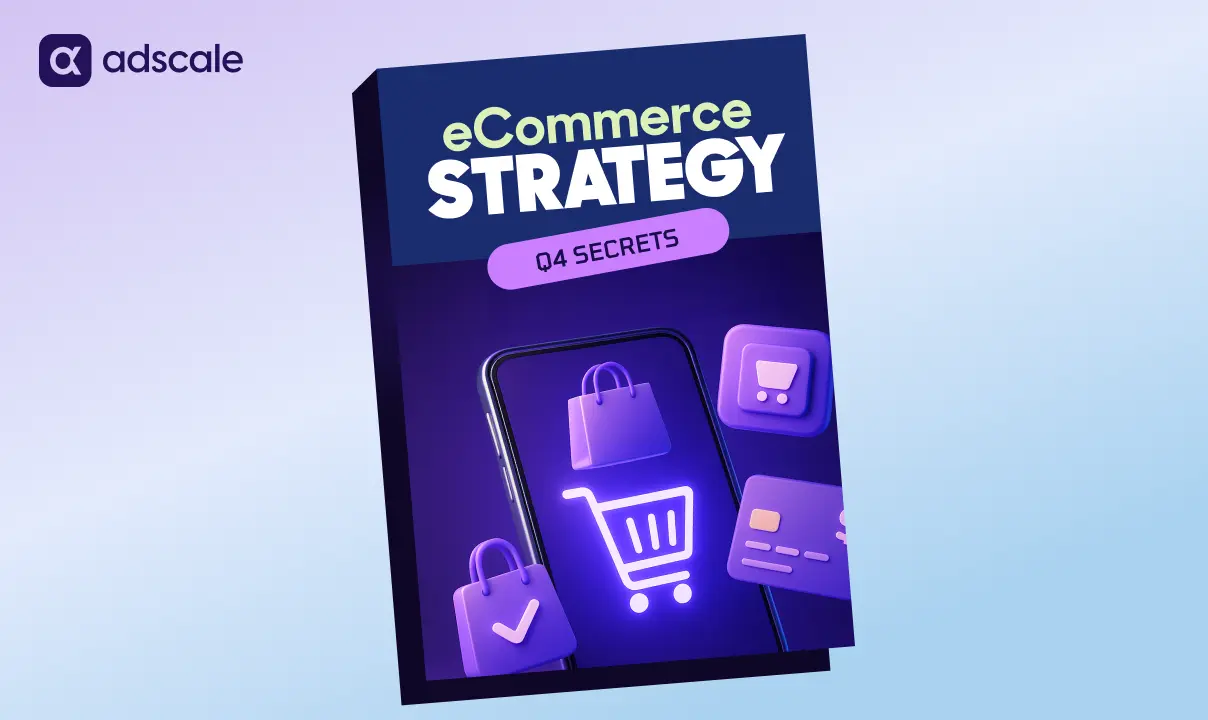
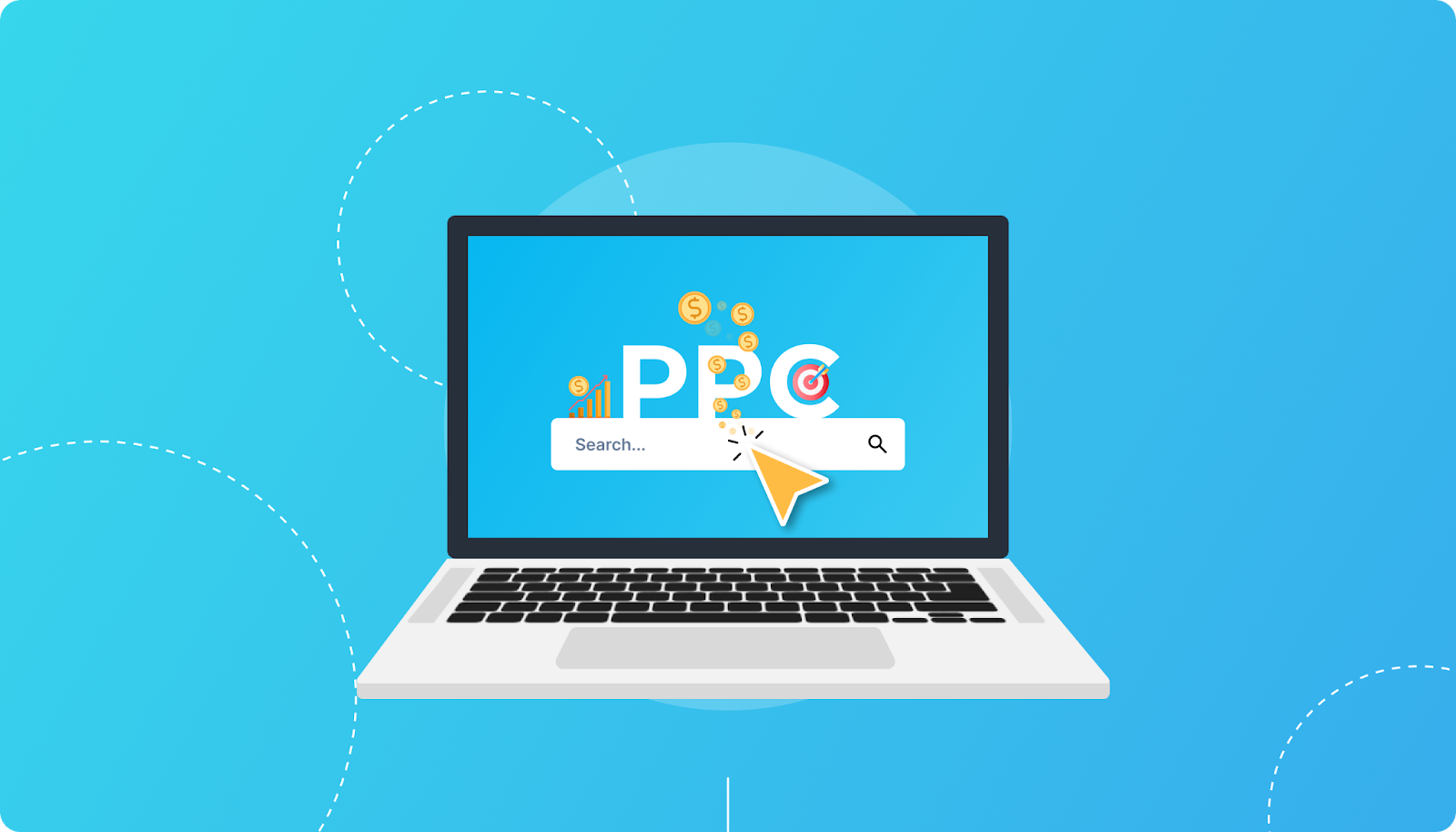
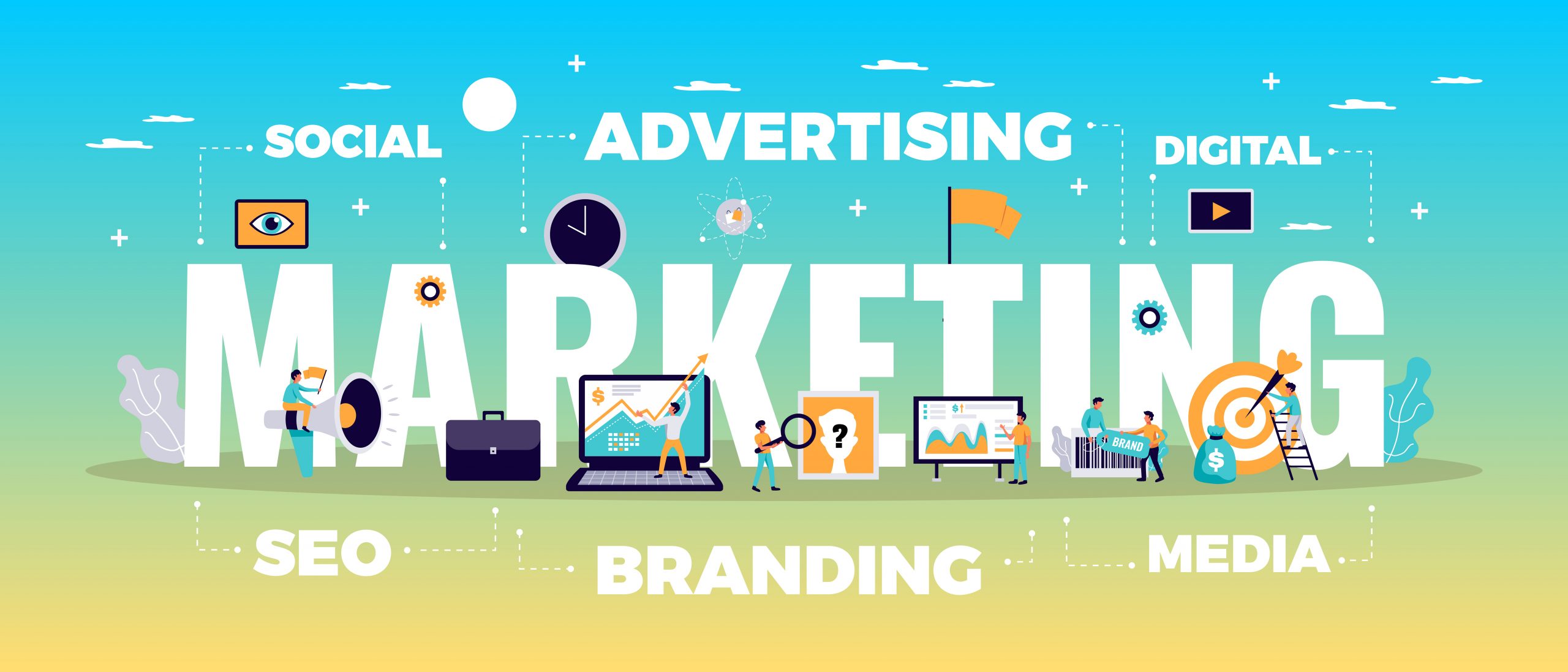
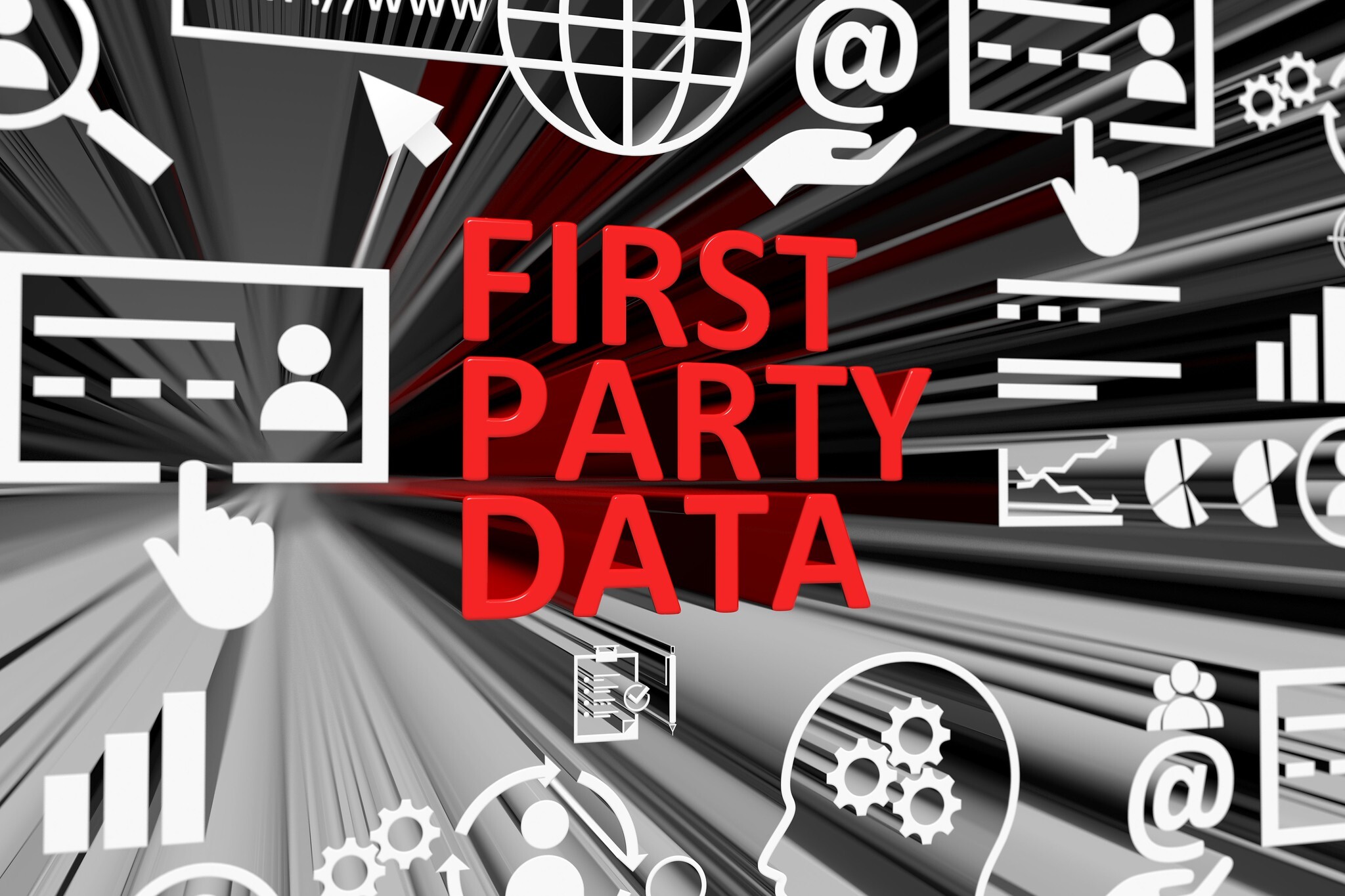



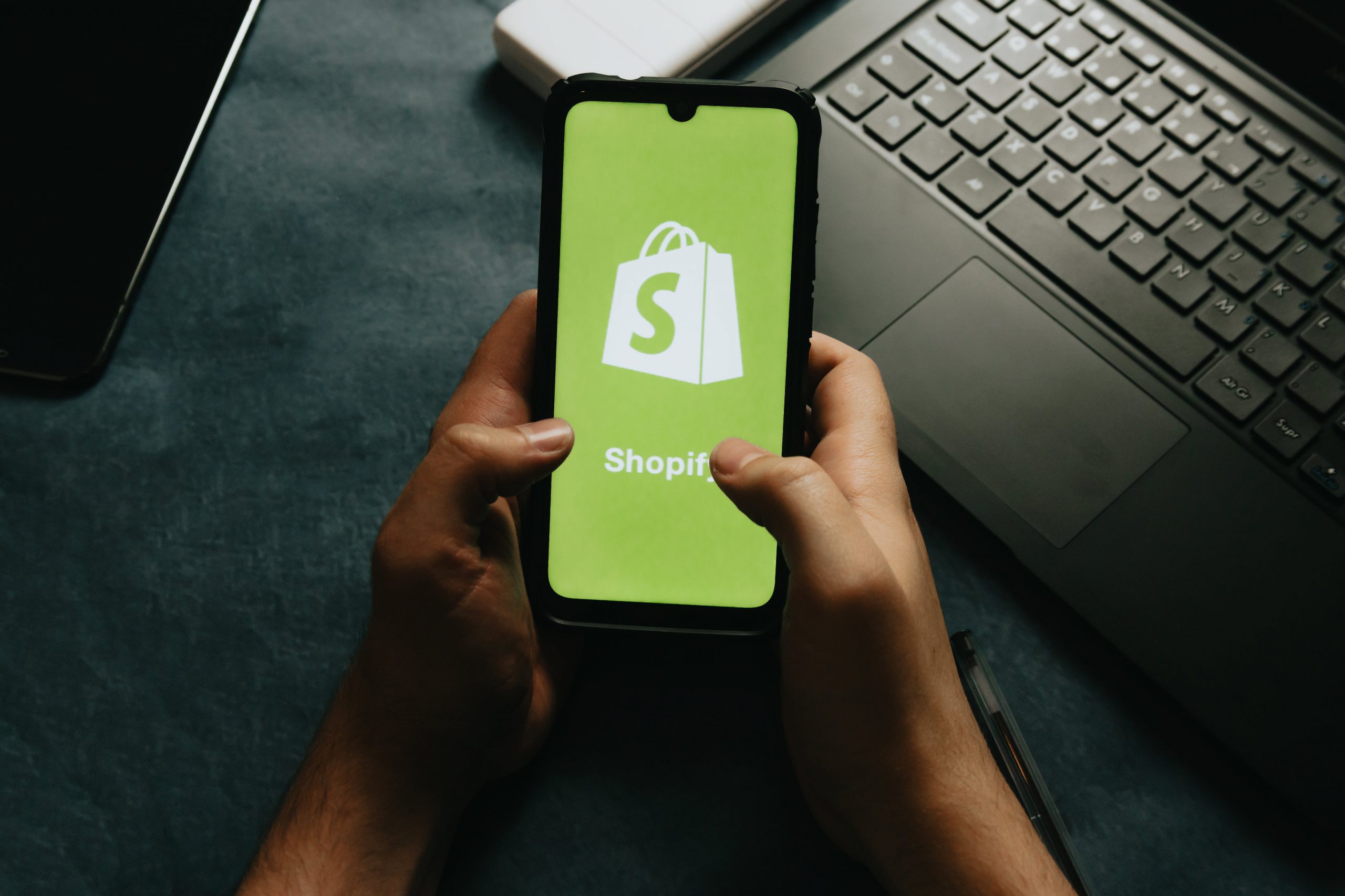

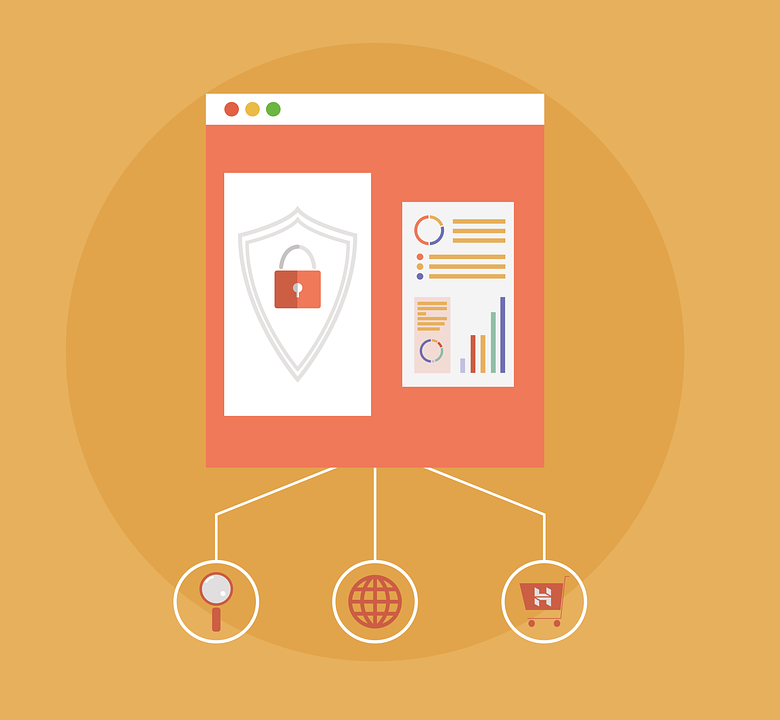





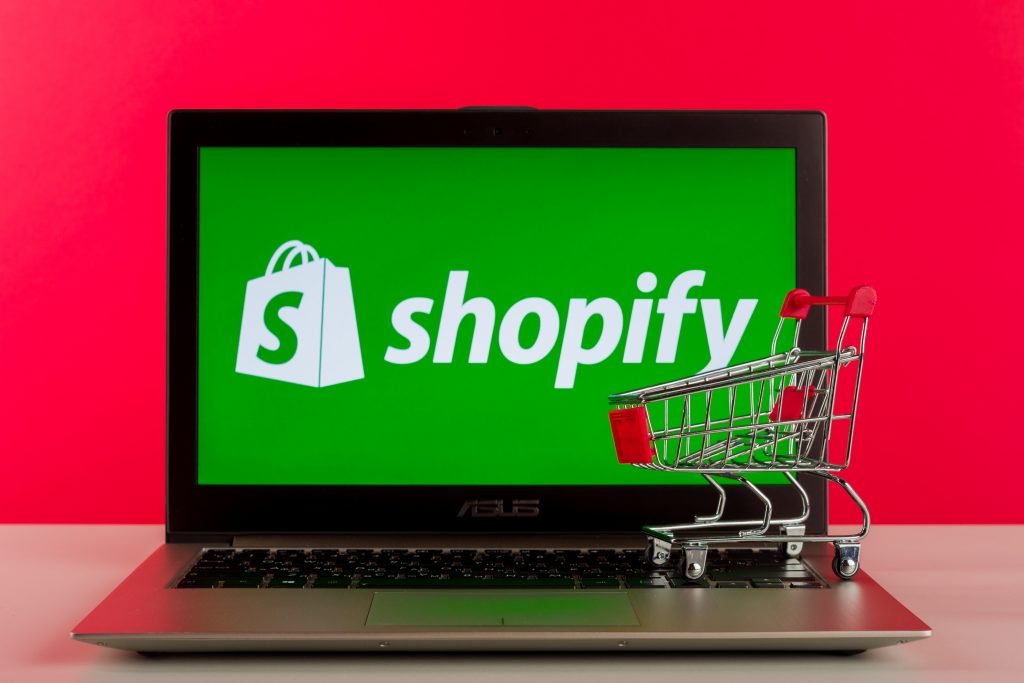


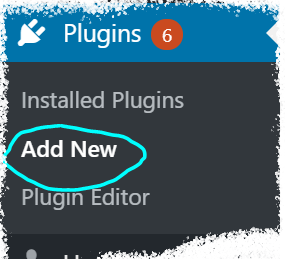
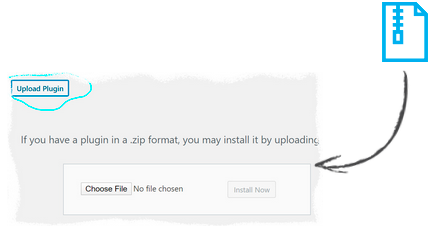
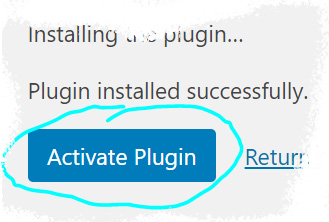
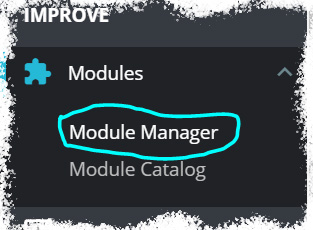
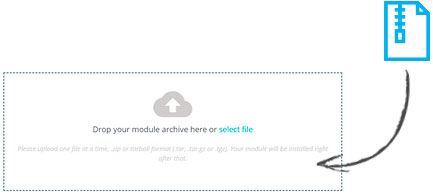
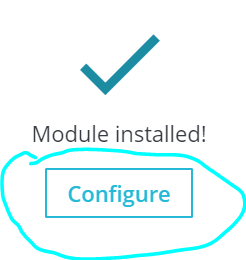



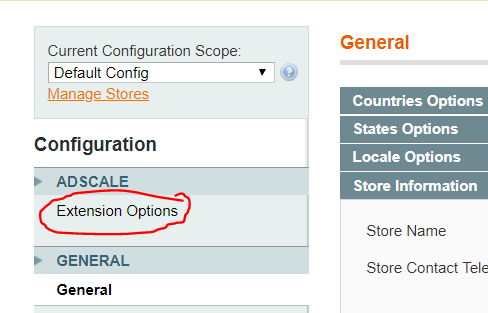
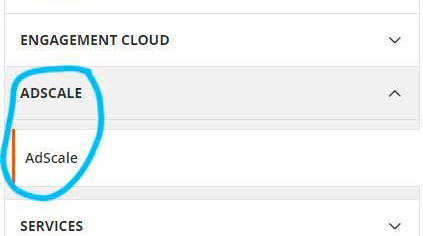
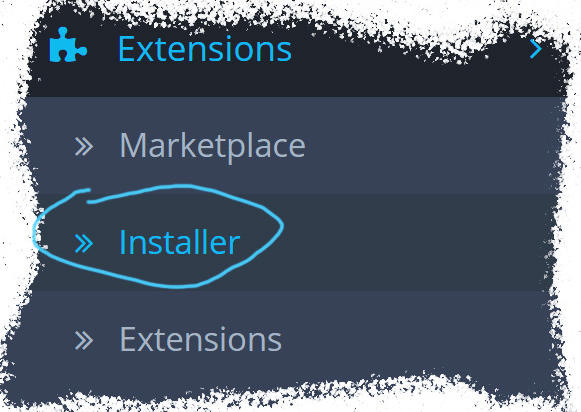
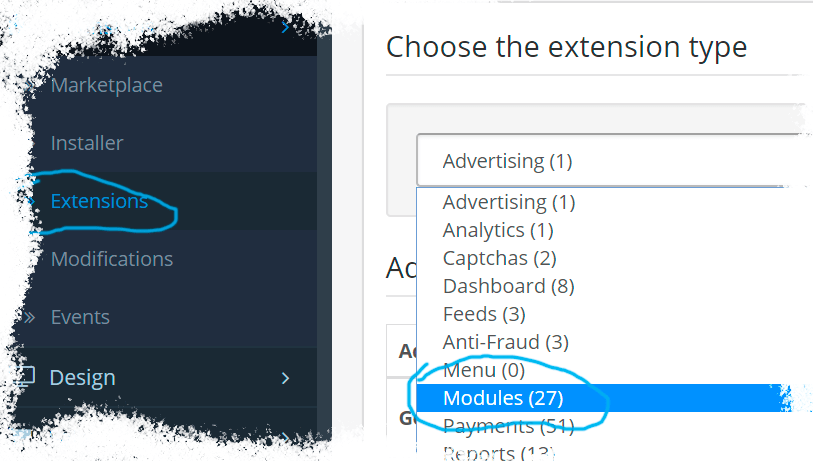
 ,
,